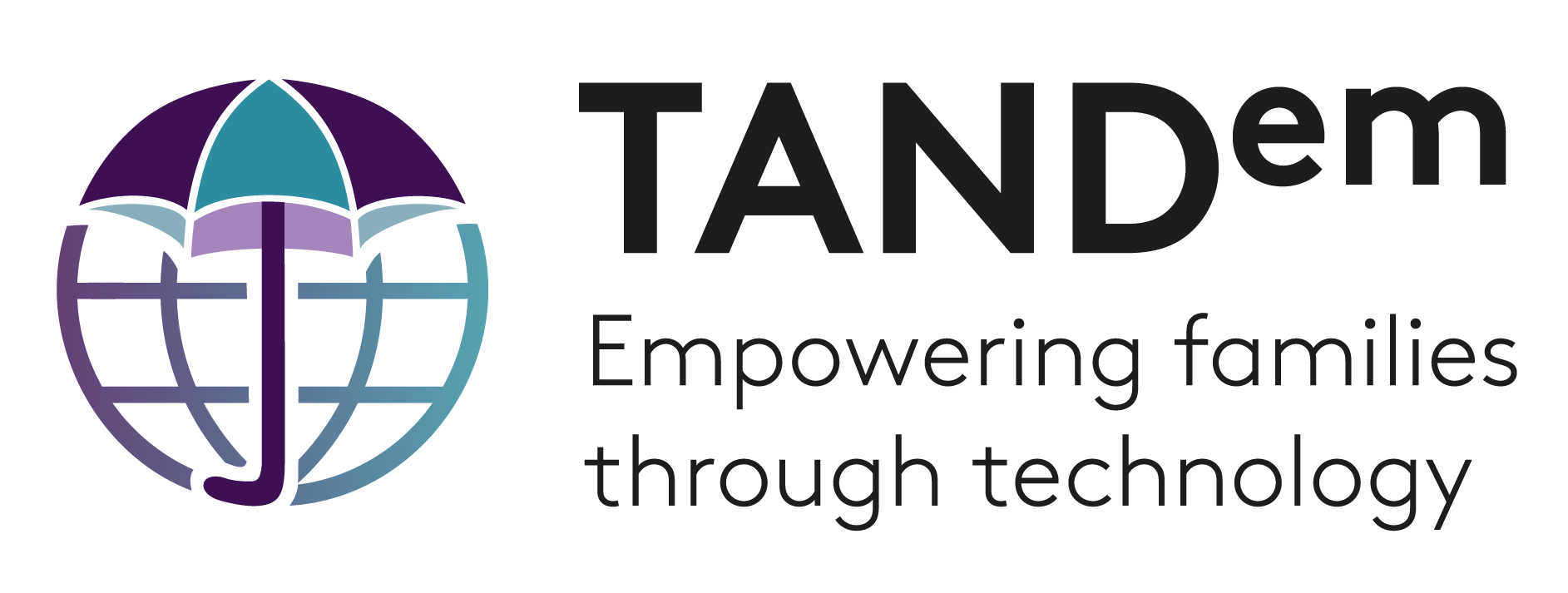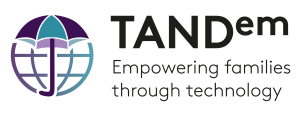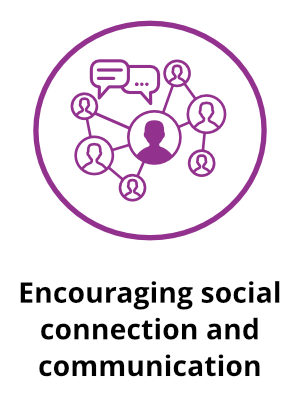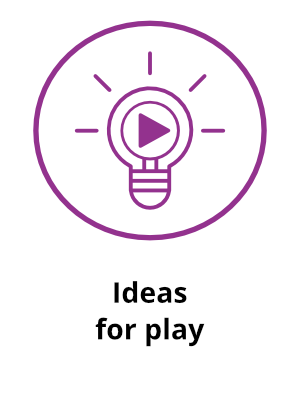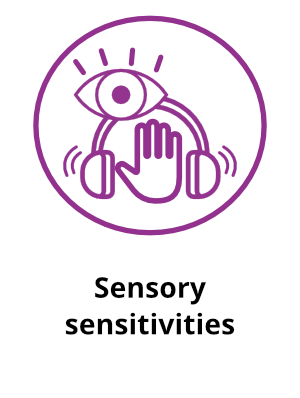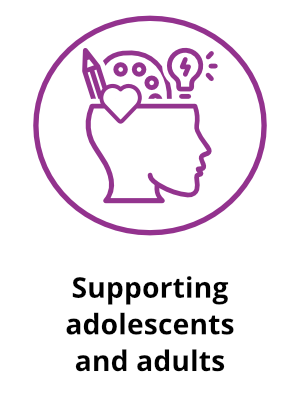Autism-like Cluster
Home > TAND Clusters > Autism-like > What to do > What NOT to do
What NOT to do
Over the years, many different treatments for autism have arisen, which may have seemed promising at first, but have since been shown to be at best ineffective and at worst, harmful to health, or finances. There are no ‘treatments’ or ‘cures’ for autism itself. The National Health Service (NHS, UK) and Autism Science Foundation have put together helpful lists of warning signs that may suggest a treatment is ‘fake’ or not evidence-based, and lists of non-evidence-based treatments (see resource panel).
Warning signs include the following:
- It claims to ‘cure’ or help people ‘recover from’ autism.
- It claims to work in all or most people and have quick results.
- Personal ‘stories’ are used to claim it works, rather than research evidence.
- Words like ‘miracle’, ‘faith’ and ‘trust’ are used.
- It can be done by anyone without any training or qualifications.
- It costs a lot of money.
We recommend that you avoid treatments or interventions who advertise in this way.
Here is a list of treatments we also recommend you NOT do for autism features:
- Special diets, such as gluten-free, casein-free or ketogenic diets. (Please note, the ketogenic diet may be recommended for epilepsy, while gluten-free diets may be appropriate for those with celiac disease, or a milk-free diet for those with a lactose intolerance.)
- Vitamins, minerals and diet supplements.
- Bleaching, also called chlorine dioxide (CD) or Mineral Miracle Solution (MMS).
- GcMAF, an injection made from blood cells.
- Medicines to help with memory, change hormone levels e.g. testosterone, oxytocin, or secretin.
- Chelation, removal of heavy metals from the body.
- Neurofeedback, where brain activity is checked (usually by placing sticky pads on your head) and you are taught how to change it.
- Hyperbaric oxygen therapy, treatment with oxygen in a pressurised chamber.
Always talk to your doctor before starting ANY biological treatment.
